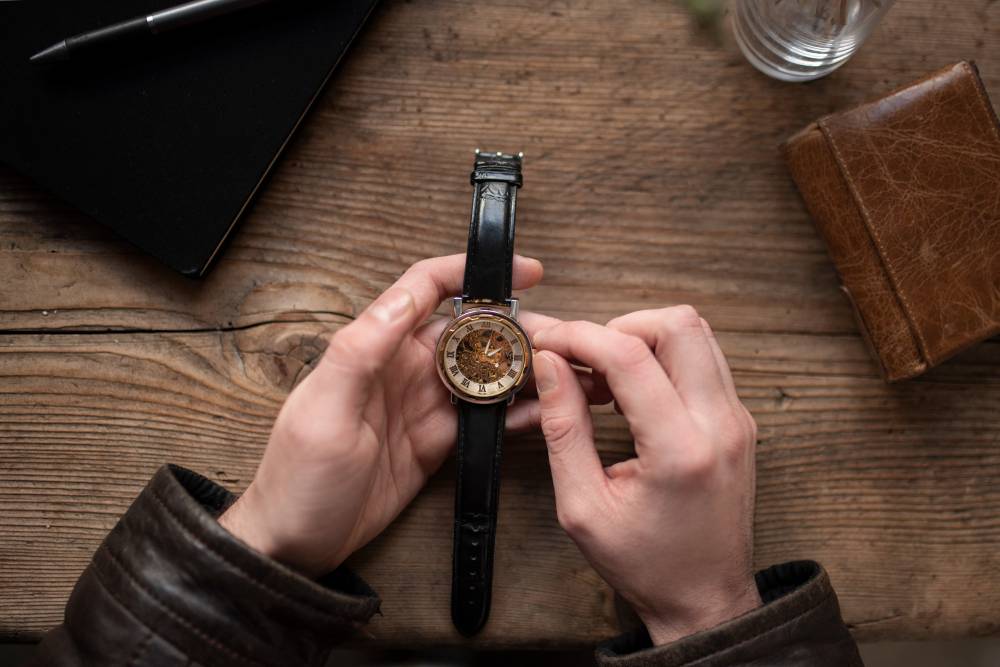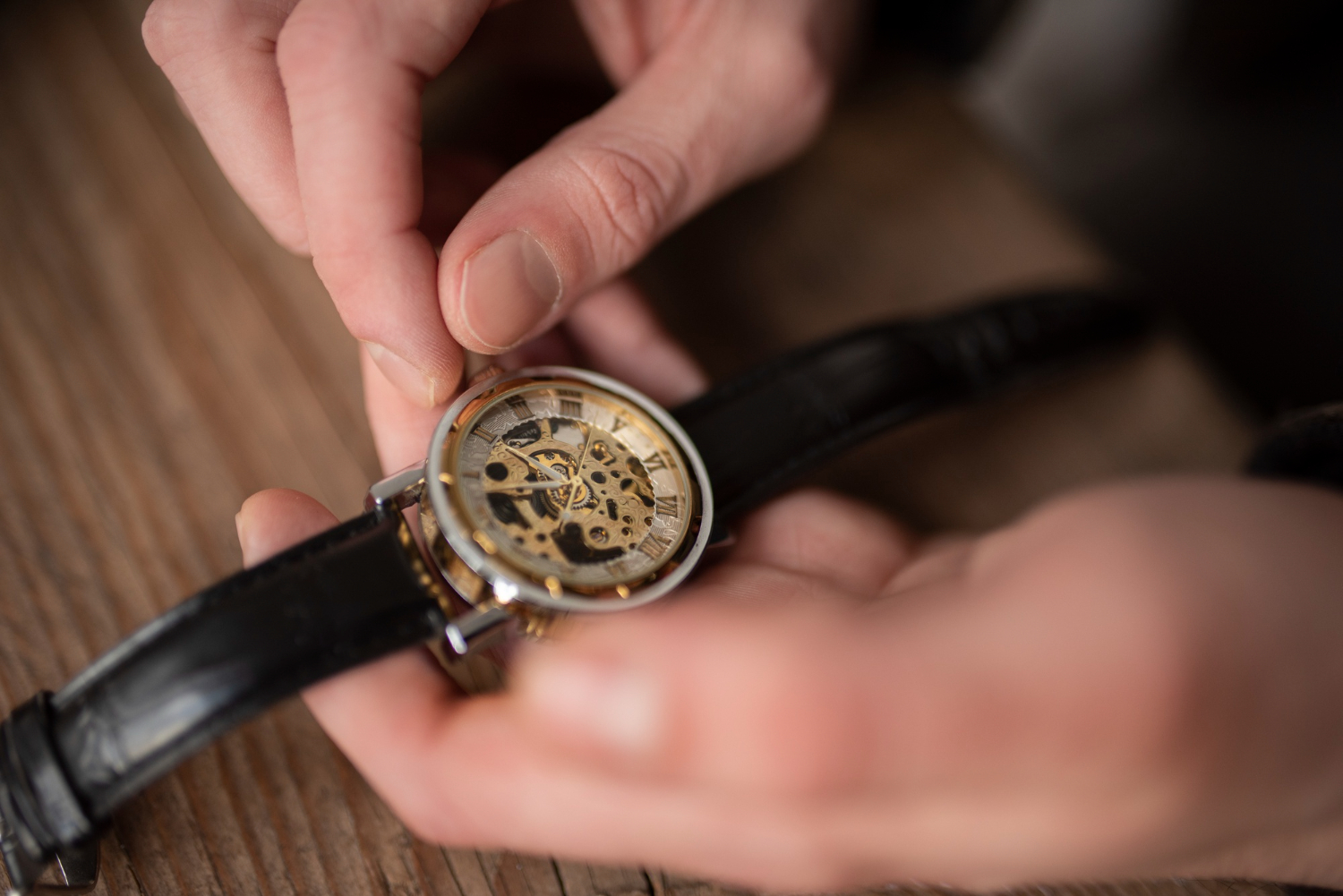Free Shipping on Orders Over $500
Save $100 off your first purchase with us!
use code: FIRST100
SHOP NOWThe Invention of the Wristwatch
Timekeeping has always been a vital aspect of human civilization. From sundials to hourglasses, people have constantly innovated ways to track time over the years. Among these innovations, the wristwatch symbolizes practicality and style. At Atlanta Luxury Watches, we acknowledge the evolution from mere tools to fashionable accessories in our watch store that mirror the cultural and technological changes with time. If you want to invest in a Rolex watch, understanding the journey of the wristwatch and how it intertwines with the broader history of human progress is crucial.
The 16th to 18th Century
The concept of wearing time on the wrist can be traced back to the 16th century, but it was far from common. Early wristwatches, often called “arm watches,” were often adorned by women, considered more of a decorative accessory than a practical tool. These former models were intricate and ornate, often embellished with jewels, reflecting the status and wealth of the wearer. The technology of the time limited the wristwatch’s accuracy, relegating it to a status symbol rather than a reliable timekeeping device.
The 19th Century
The 19th century marked a turning point in the wristwatch’s history. The need for precise timekeeping became increasingly important, especially in military contexts. Officers in the British army, during the late 1800s, wore wristwatches for their practicality in coordinating maneuvers and timing attacks. This era saw the transition of the wristwatch from a feminine ornament to a tool of warfare. The design became more robust, and the technology more reliable, paving the way for widespread adoption.
The Early 20th Century
The wristwatch’s popularity increased in the early 20th century, especially during and after World War I. Soldiers found wristwatches to be far more practical than pocket watches, leading to their increased use and acceptance among men. This shift was a significant cultural milestone. With manufacturers focusing on creating durable, accurate, and stylish designs, luxury watches symbolize modernity and efficiency.
The Mid-20th Century
The mid-20th century brought about significant advancements in wristwatch technology. The development of the quartz movement in the 1960s revolutionized the industry. Quartz watches were incredibly accurate, affordable, and required less maintenance than their mechanical counterparts. This period also saw the rise of iconic watch brands that are still celebrated today. The wristwatch became a symbol of precision and craftsmanship, and a canvas for luxury and innovation.
The Modern Era
In the modern era, the wristwatch has transcended its original purpose of merely telling time. It has become a powerful fashion statement, a reflection of personal taste, and a symbol of status. With smart luxury watches on the market, the wristwatch has developed again, blending traditional craftsmanship with innovative technology. Today, a Rolex watch can do more than just tell time. However, despite these advancements, the essence of the wristwatch remains rooted in its rich history.
The wristwatch is more than just a timekeeping device; it is a testament to human ingenuity and cultural evolution. Over the years, luxury watches have continually adapted to meet the needs and desires of each era. Contact Atlanta Luxury Watches to learn more about the unique inventions and ongoing evolution, familiarizing with the broader trends of technological advancement and cultural change. If you want a timepiece that symbolizes practicality and style, our watch store has something for everyone.





